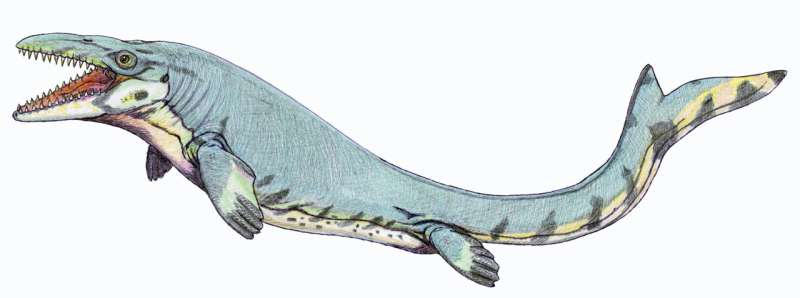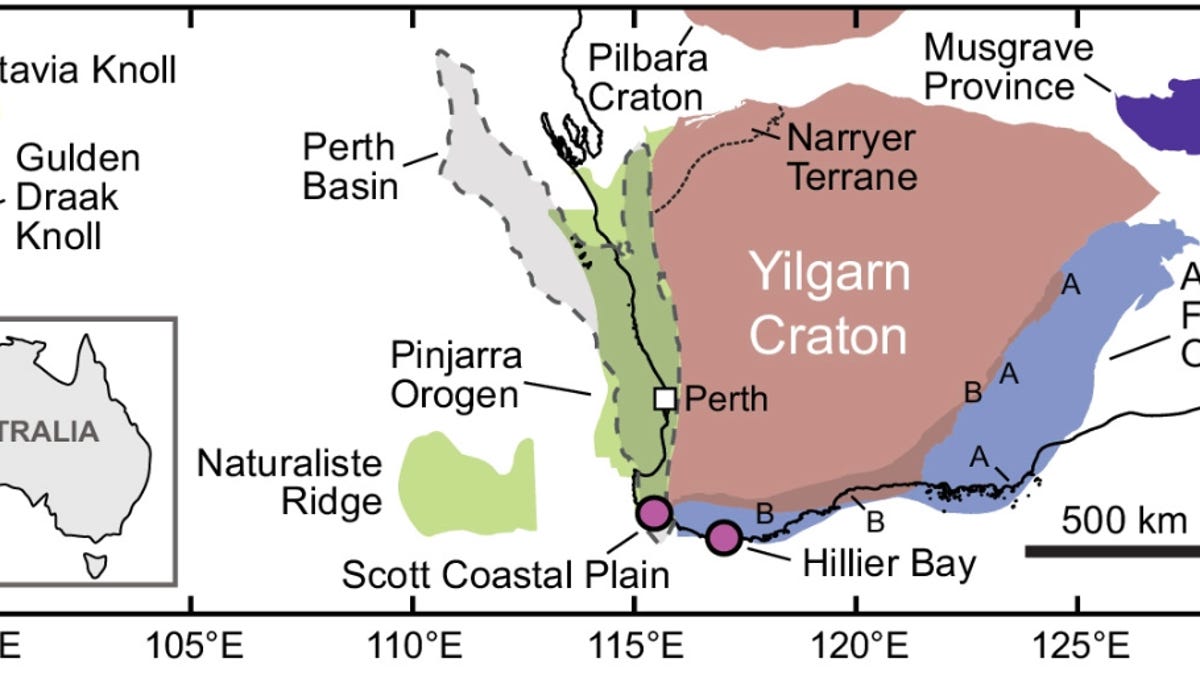August 1, 2022
Introduction:
Read more here: https://www.eurekalert.org/news-releases/959877(EurekAlert) Lumbering through the forested wetlands of Bulgaria around six million years ago, a new species of panda has been uncovered by scientists who state it is currently the last known and “most evolved” European giant panda.
Unearthed from the bowels of the Bulgarian National Museum of Natural History, two fossils of teeth originally found in the eastern European nation in the late 1970s, provide new evidence of a sizable relative of the modern giant panda. Unlike today’s iconic black and white bear however, it was not reliant on purely bamboo.
“Although not a direct ancestor of the modern genus of the giant panda, it is its close relative,” explains the Museum’s Professor Nikolai Spassov, whose findings are today published in the peer-reviewed Journal of Vertebrate Paleontology https://www.tandfonline.com/doi/full/1 ... 21.2054718.
“This discovery shows how little we still know about ancient nature and demonstrates also that historic discoveries in paleontology can lead to unexpected results, even today.”
The upper carnassial tooth, and an upper canine, were originally cataloged by paleontologist Ivan Nikolov, who added them to the museum’s trove of fossilized treasures when they were unearthed in northwestern Bulgaria. This new species is named Agriarctos nikolovi in his honor.
Edit: CNN also has an article on this: https://www.cnn.com/2022/08/01/europe/e ... index.html



